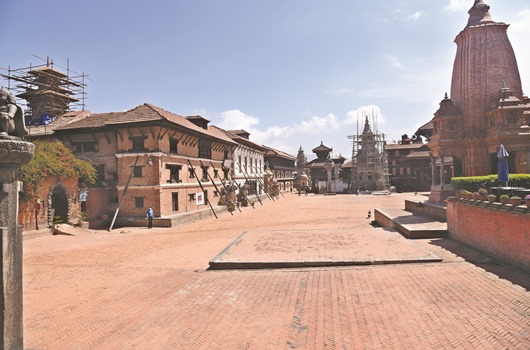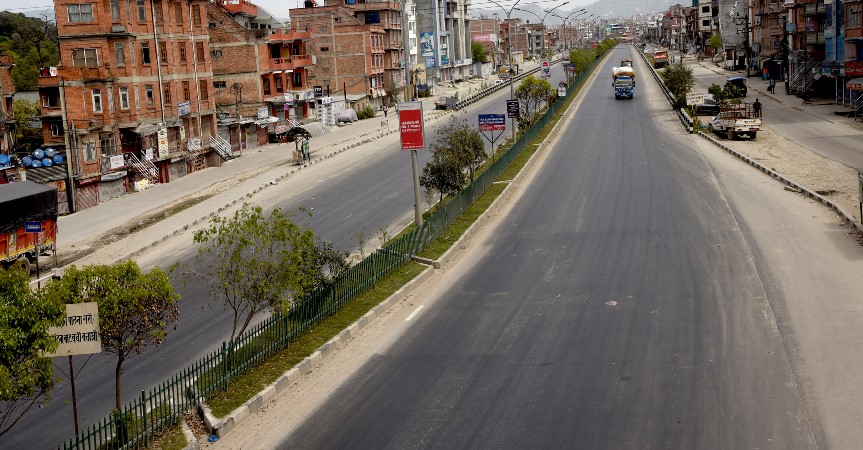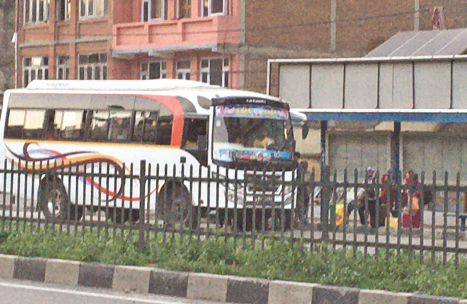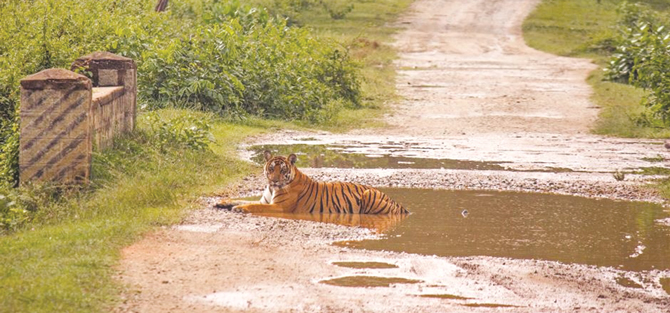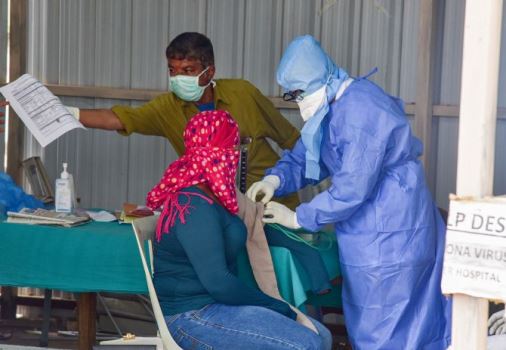Healthy vulture population signals sound ecology

By Indira Aryal
Kathmandu, Sep. 5: The first Saturday in September each year is celebrated as International Vulture Awareness Day (IVAD) to create awareness about the decreasing numbers of vultures and their importance in the ecology.
Vultures are an ecologically important group of birds that face a range of threats in many areas where they occur. Populations of many species are under pressure and some species are facing extinction, experts said.
Vultures are the most efficient scavenging birds which play a highly important ecological role through the rapid consumption of animal carcasses, said Krishna Prasad Bhusal, IUCN Vulture Specialist Group Member.
The loss of a major scavenger from the ecosystem is associated with disease risks for wildlife, livestock and humans, including the spread of rabies and livestock borne diseases like anthrax, tuberculosis and brucellosis. Vultures are the cleaner of the environment and their presence is an indicator of a healthy environment, Bhusal said.
Vultures are an integral part of nature, but they are now on the verge of extinction, however, the presence of vultures, which are considered to scavenge on carrion, is satisfactory in the far western states said Hirulal Dangaura, an ornithologist who is active in vulture conservation.
Dangaura said that there are around 600 to 700 vultures in the province alone. Dangar (White-rumped). Sano Khairo (Slender-billed Vulture), Khairo (Griffon Vulture), Sungiddha (Red-headed Vulture), Himali (Himalayan Griffon) and Rajgiddha (Cinereous Vulture) are seen in the far western region. However, there are records of eight species of vultures in the province, said Dangaura. Currently, vultures are found mainly in three districts.
Vultures, once one of the most numerous raptors in the world, nearly went extinct across South Asia in the late 1990s through widespread poisoning by diclofenac, which is widely used to treat livestock, Bhusal said.
In Nepal, the vulture population declined by more than 90 per cent between 1995 and 2011. Since 2002, the vulture recovery programme was initiated in Nepal with an integrated approach that involves advocacy, education, monitoring, research, captive breeding, supplementary feeding and site protection to help implement Nepal’s Vulture Conservation Action Plan. In the beginning, the big challenge was removing diclofenac from the veterinary system, according to Bhusal.
Most vultures are found in Bailey, Patela and Khutiya, Attaria area of Godavari Municipality in the Dhangadhi Sub-Metropolitan City of Kailali district. Similarly, vultures are found in Persia, Kanja, Bansaha and Shuklaphanta National Parks of Kanchanpur. Similarly, they are also found in Khodpe, Patan and Jhalapani of Baitadi district. The condition of vultures is good in Kanchanpur. However, there are challenges in Kailali and Baitadi, Dangaura said.
Even though the presence of vultures in Kailali is good, the nest is declining. Similarly, their presence is good in Baitadi, but there is a problem of burning the nest and dying of chicks due to the risk of the forest fire. Nine out of 13 nests burned last year.
This species of bird is considered to be a protector of nature as it protects the environment from being polluted. The vultures, once largely seen in the sky, have recently become extinct. Conservation activities have been increasing in the community after the number of vultures started decreasing in the country.
Currently, 23 species of vultures have been recorded in the world. There are nine species of vultures in South Asia and nine species in Nepal. Of the nine species of vultures found in Nepal, four are critically endangered (the Long-billed, White-rumped, Slender-billed and Golden Vultures) according to the IUCN (International Union for Conservation of Nature). The Himalayan Griffon, Hadfor and Cinereous Vultures are also on the near-endangered status.
Experts suggested stopping using non-steroidal anti-inflammatory drug (NSAID) diclofenac in animal treatment and cooperating in vulture conservation.
In response to continuing decline of vulture populations, NTNC together with Bird Conservation Nepal helped the government to establish the Vulture Breeding Centre in Kasara, Chitwan in 2008. The center covers an area of 6,375 square meters with a vulture breeding aviary and two holding aviaries. The center breeds Slender-billed vulture and White-rumped vulture, currently holding a total of 63 birds.
The national vulture census has also started from Saturday.
Recent News

Do not make expressions casting dout on election: EC
14 Apr, 2022
CM Bhatta says may New Year 2079 BS inspire positive thinking
14 Apr, 2022
Three new cases, 44 recoveries in 24 hours
14 Apr, 2022
689 climbers of 84 teams so far acquire permits for climbing various peaks this spring season
14 Apr, 2022
How the rising cost of living crisis is impacting Nepal
14 Apr, 2022
US military confirms an interstellar meteor collided with Earth
14 Apr, 2022
Valneva Covid vaccine approved for use in UK
14 Apr, 2022
Chair Prachanda highlights need of unity among Maoist, Communist forces
14 Apr, 2022
Ranbir Kapoor and Alia Bhatt: Bollywood toasts star couple on wedding
14 Apr, 2022
President Bhandari confers decorations (Photo Feature)
14 Apr, 2022




